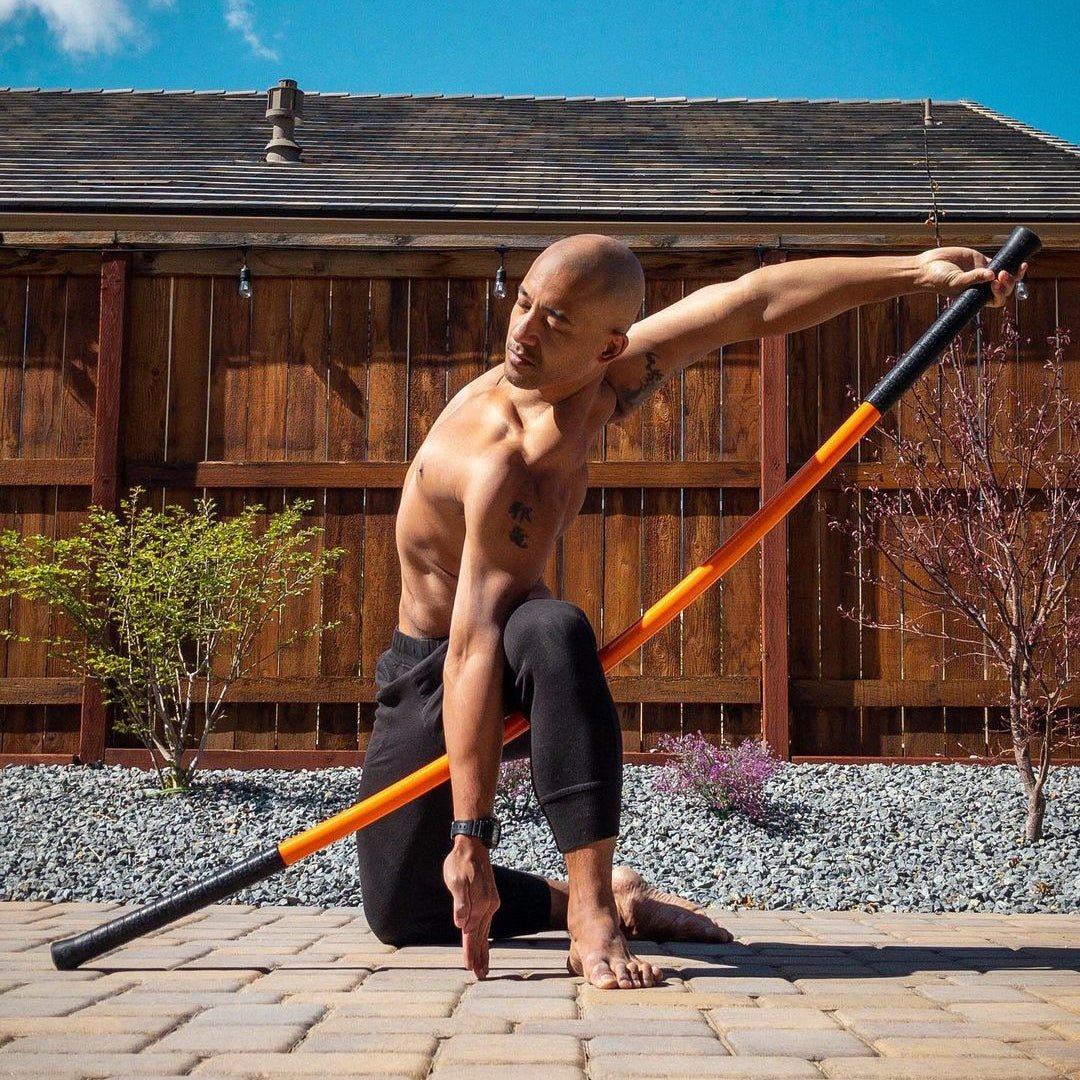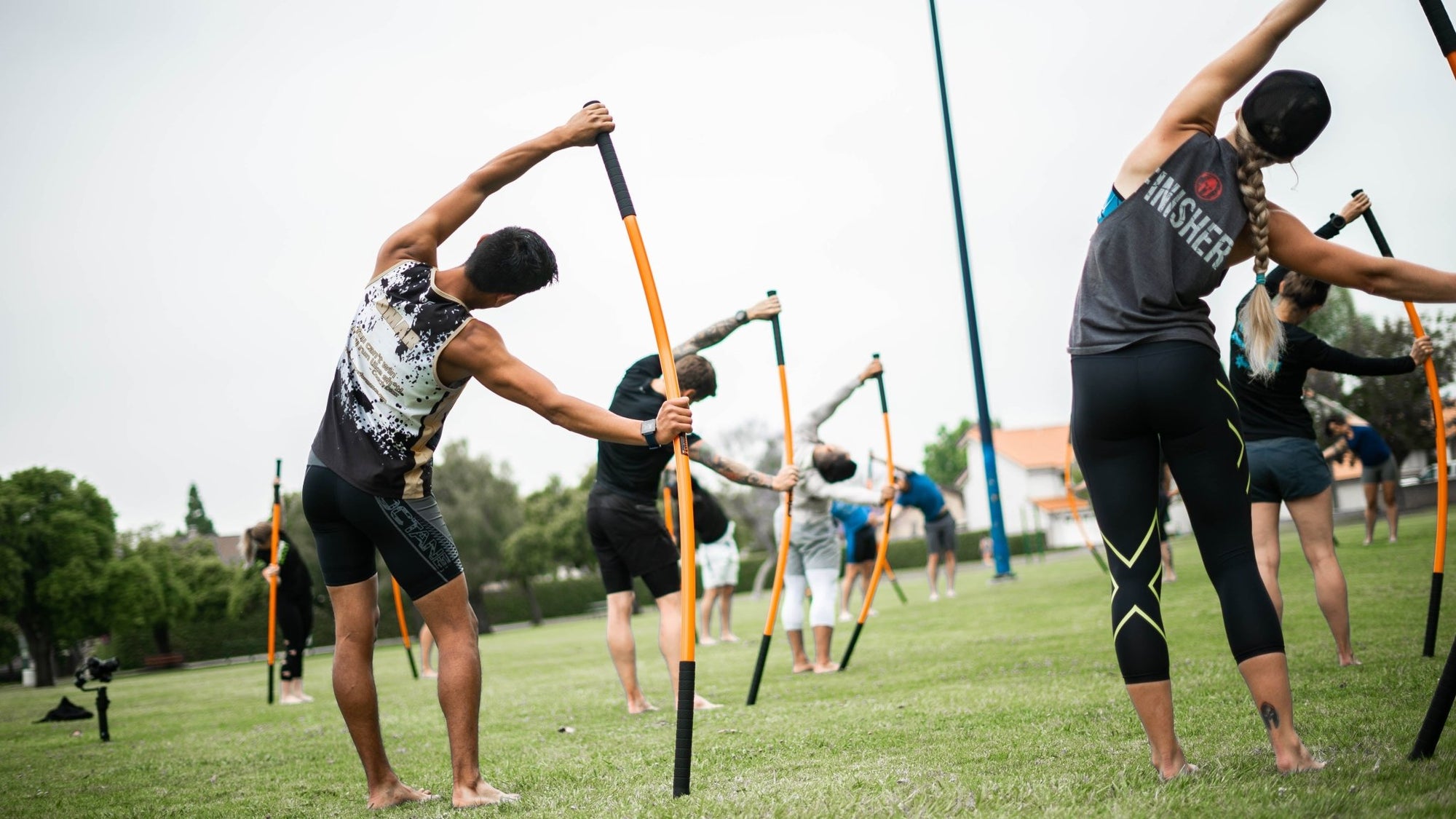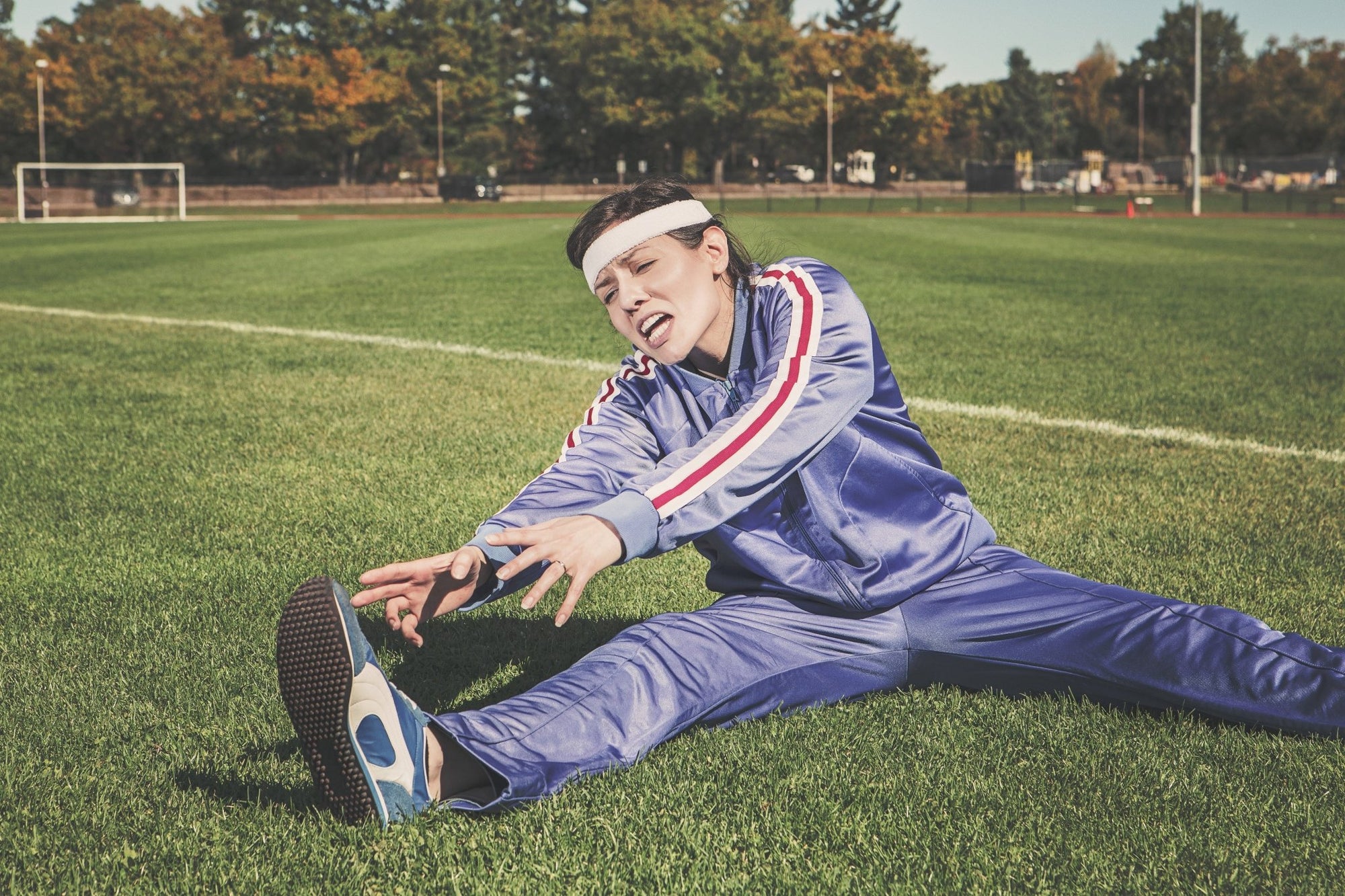Chronic joint pain and inflexibility are often two sides of the same coin. With one comes the other. A lack of flexibility around joints leads to general feelings of stiffness and discomfort. This can additionally cause individuals to move in a protective pattern within a “comfort zone” to minimize the slightest discomforts.
Without the free-flowing movement of a healthy gait, one can become more prone to injury. Even the slightest movement can trigger a response leading to further pain or limitations on movement.
On the contrary, an individual with better flexibility can work to increase joint range of motion. Increased range of motion allows for more comprehensive training in the joints for stability, strength and coordination.
Mobility training is an effective method to increase flexibility which, in turn, can help alleviate chronic pain associated with the muscles or joints.
Chronic Pain Related to Limitations in Flexibility
Chronic pain affects millions of people. Daily activities become tedious, difficult and painful. This can easily transform into a vicious cycle, in which an individual moves even less to limit pain.
Doing nothing at all - that is, remaining largely sedentary or moving only in protected, one-dimensional patterns - and being pain-free might seem like a good thing on a superficial level.
Unfortunately, the result is that the ailments which cause chronic joint pain tend to worsen with lack of movement. Range of motion diminishes. Strength dissipates. Flexibility decreases. Pain lingers or even intensifies.
How Can Stick Mobility Help?
The Stick Mobility Training System is specifically designed as a combination of active stretching, joint mobilization and strength training.
Joint Mobilization
Stick Mobility can help to correct muscle imbalances and relieve stress on the joints. Joints with less stress enable freer movement with less pain. When the joints move freely, this allows for more thorough training around the joint.
The result is improved flexibility.
By mobilizing joint complexes, we can improve our range of motion in these joints and overall flexibility. Once flexibility begins to improve, the training allows us to utilize these improvements to build strength around the joints and increase stability in movement.
Active Stretching
Once joints are mobilized, it allows for active stretching to activate the muscles. Contrary to simple static stretching, which utilizes a stretch-and-hold position, active stretching incorporates movement and larger muscle groups.
With Stick Mobility, the pushing and pulling of the sticks activates neuromuscular control and allows for strengthening of end range of motion.
Improving range of motion can make the easier tasks of daily life just that - easier.
Strength Training
Stick Mobility utilizes isometrics, which involves the unweighted resistance of muscle groups through contractions of the muscles. This allows you to safely focus on creating internal tension.
Internal tension helps to increase full-body strength and improve your ability to handle external weighted loads.
Adding isometric elements to drills that focus on joint mobilization or active stretching adds a simple strength training component to Stick Mobility training. In other words, a simple addition to your stretching can simultaneously build strength.
A plethora of flexibility is great. However, flexibility without support for movement leaves one vulnerable. The best kind of flexibility is that which is accompanied by strength and stability. That’s where Stick Mobility comes into the equation.
The Stick Mobility Training System helps you to build strength and improve stability, all while increasing your flexibility and range of motion.
Stability in Movement
One of the clearest benefits of Stick Mobility is the stability the Training Sticks provide to specific drills. More specifically, the sticks provide needed support for parts of the body that need it, while freeing up other parts of the body.
For instance, an individual may lack the necessary balance and have difficulty getting into a lunge position that can strengthen and mobilize the lower body. By incorporating the Training Sticks into the drill, an individual can get into the lunge position more comfortably. Much less balance is required when using the sticks.
In this instance, the addition of our Training Sticks also activates the muscles of the upper back and arms. Incorporating the sticks not only helps to provide support in the lunge. They also take a drill that concentrates on the lower body and adds benefits to the whole body.
Another example is the single-leg RDL. A standalone RDL (without sticks) requires balance and stability through the entire leg to perform the drill correctly. For individuals with poor balance, RDLs can be challenging. Performing these exercises incorrectly significantly limits the benefits.
With our Training Sticks, the single-leg RDL can be performed with support. The grips prevent the sticks from slipping, and the whole movement is more stable to provide for better balance. The Sticks also allow for an individual to focus their attention to the hip joint and glutes.
The stability provided from Stick Mobility training enables users to focus their attention on specific parts of the body. As mobilization around specific body parts improves, this benefits overall flexibility. Each joint with improved flexibility
Improved Flexibility and Chronic Pain
Flexibility is the ability of the soft tissues and muscles to move freely. What comes to mind may be yoga or extreme flexibility. While incredible feats of flexibility are undoubtedly impressive, most of us won’t be auditioning for Cirque du Soleil any time soon.
In practice, functional flexibility is what is important.
For the average person, being functionally flexible means possessing the ability to freely twist, bend and reach without injury. For athletes and fitness enthusiasts, there are additional factors and external influences, but the ultimate goal remains the same - to move better and move freely.
With relation to chronic pain, an inflexible joint complex that is stiff or weak is likely to experience greater discomfort. It is also more likely to incur injury.
Limitations on flexibility make one more prone to injuries. When it comes to chronic pain, the ability to perform tasks freely, without discomfort, can be aided by improving flexibility.
In the same way that avoiding movement due to chronic pain has an unintended snowball effect (leading to more pain), improving flexibility also has a compounding effect. Improving flexibility in a specific joint complex can reduce stress on other areas, thus improving flexibility further.
Chronic pain comes with an assortment of challenges. The pain itself is frustrating. When the simple tasks of life and basic movements become a challenge, the pain can be physically and mentally exhausting. While there is rarely a simple, overnight solution to alleviate the symptoms, there are options.
For chronic pain associated with joints and muscles, finding the right ways to move can be extremely helpful. Utilizing Stick Mobility to create leverage, increase range of motion and reach positions - think of it as owning a position or movement - can help reduce chronic pain, improve your flexibility and see you moving better.


